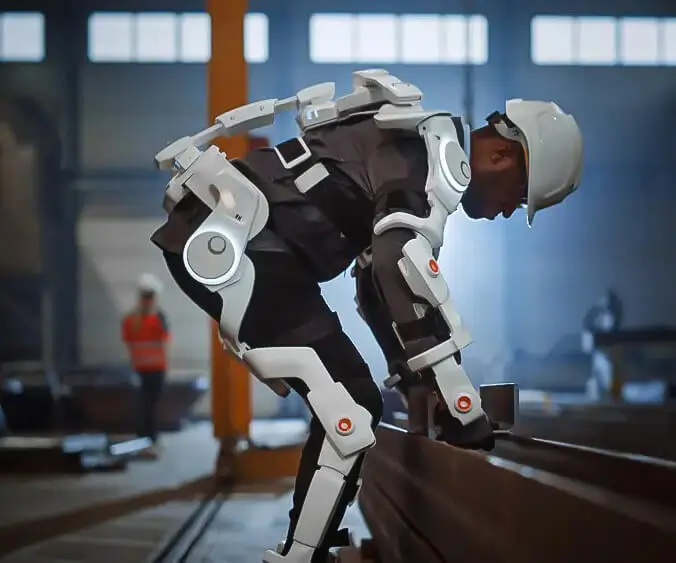Ever wondered how folks get a servo motor to perform a full 360-degree rotation with just an Arduino? It’s like giving your robot or project a kind of freedom—no restrictions, just pure rotation magic. Honestly, it’s pretty fascinating how a tiny piece of hardware can unleash such versatility, and knowing the right steps makes the whole journey smoother.

First off, understanding what makes a servo rotate 360 degrees is key. Most servos are designed for 180 degrees, but there are special continuous rotation servos that can spin endlessly. If your goal is to make a servo rotate a full circle without stopping, you need a continuous rotation servo. This isn’t just a normal servo with a firmware tweak; it’s intended for constant spinning, making your projects more dynamic.
So how do you get started? Imagine connecting a servo to your Arduino board. Power it up—perhaps through a dedicated power supply for stability—and hook the control wire. Once connected, you open your Arduino IDE and fire up some code. Instead of sending typical angle commands, you’ll send signals that represent speed and direction, effectively turning your servo into a little motor.
Here's a quick detail: you usually write a PWM signal, and your code controls whether it spins clockwise or counterclockwise. When you want a smooth 360-degree rotation, you might use a function that sets the speed to a maximum value, sometimes just toggling between forward and reverse. The code looks something like setting a PWM value high or low and then adjusting it to keep the rotation going. It’s almost like telling it, “Go full throttle,” and it obeys, making a full rotation.
But don’t forget: safety checks matter. Overloading the servo or running it for hours without breaks could cause overheating. It’s like giving your motor a break or watching the temperature; a little caution goes a long way.
Now, how do you control it smoothly? Some prefer PID controllers for finesse, but basic control is often enough for a 360 rotation. These allow the servo to go from stop to spin without jerkiness. Plus, experimenting with different PWM signals helps you learn the nuances—like finding that sweet spot where your servo spins fluidly. With a bit of tuning, you’ll make that servo dance exactly how you want.
In fact, a common question is, "Can I just tell it to spin forever?" Well, yes, but keep an eye on it. Some hardware quirks can cause jitter or overheating if left uncontrolled. That’s why it’s good to build in pauses or reverse commands.
What kind of projects get a kick out of this? Think about robotic arms needing continuous rotation, wheel drives for small robots, or even art installations where a sculpture rotates endlessly. When you see that servo whirling right in front of you, you realize the possibilities are endless.
At the end of the day, making a servo motor do a 360-degree spin with Arduino isn’t about complicated magic—just some attention to connections, a little code, and awareness of your hardware. It’s a fun mix of electronics and programming, and once it clicks, there’s a real sense of accomplishment. Jump into it, tweak your code, and watch your creations come alive with that perfect full rotation.
Established in 2005, Kpower has been dedicated to a professional compact motion unit manufacturer, headquartered in Dongguan, Guangdong Province, China. Leveraging innovations in modular drive technology, Kpower integrates high-performance motors, precision reducers, and multi-protocol control systems to provide efficient and customized smart drive system solutions. Kpower has delivered professional drive system solutions to over 500 enterprise clients globally with products covering various fields such as Smart Home Systems, Automatic Electronics, Robotics, Precision Agriculture, Drones, and Industrial Automation.




































